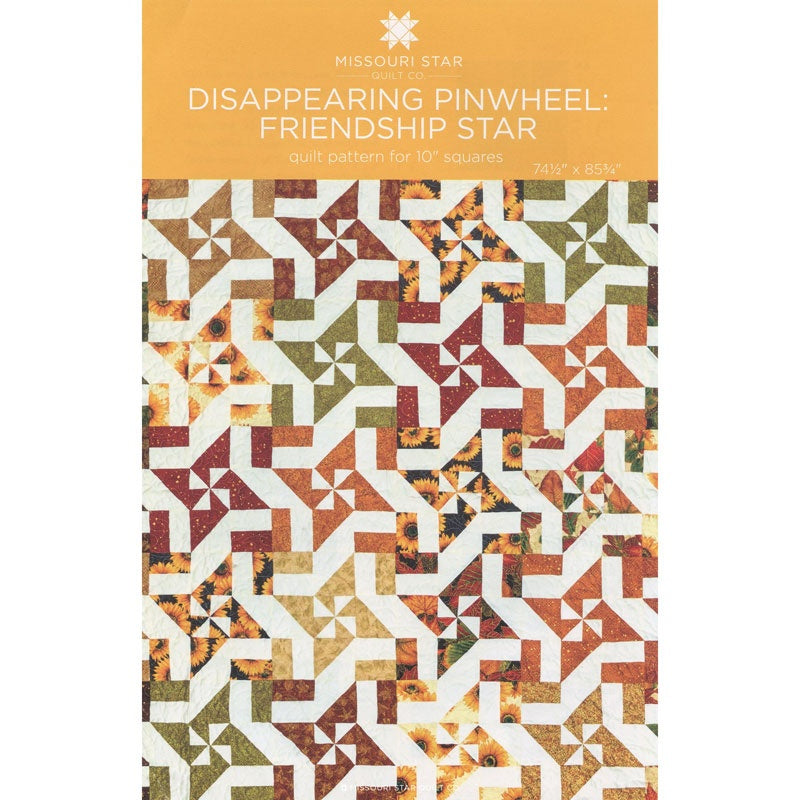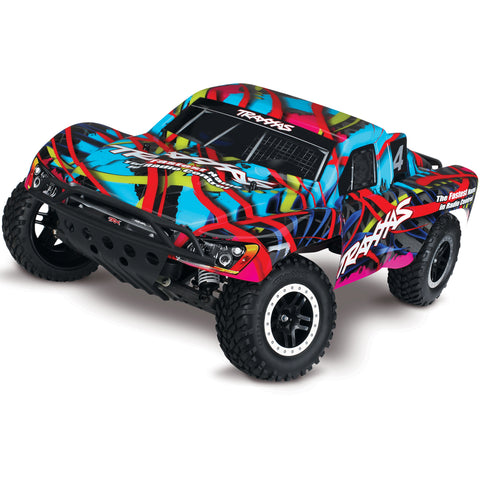
There were many puzzles in the 1980's. Gibsons 1000-piece puzzles, White Mountain Puzzles and Where's Wally were just a few of the many puzzles available. There were many puzzles that featured characters from films like The Terminator. In addition, there were several popular math games of the time, like Martin Gardner's Mathematical Games.
Gibsons 1000 piece puzzle
This 1980s Sweet Memories 1000 Piece Jigsaw Puzzle includes iconic 80s sweet companies in a colourful and intricate layout. This puzzle is available in over 100 colours. It also features a variety different images and levels. It's the perfect gift idea for puzzle lovers.
The jigsaw puzzle pieces are made from the finest quality, thickest material on the market. Gibsons commission some of the most talented artists to create these masterpieces. The pieces are precisely cut so that the fit perfectly together.

White Mountain Puzzles
White Mountain Puzzles have been creating puzzles since 1985. The puzzles can be enjoyed by all ages and feature fun artwork. Their puzzle from the 1980s features celebrities, politicians, and more from that decade. This puzzle will appeal to anyone, regardless of whether you are a fan or want to go back in time.
1980s was a wonderful decade. It saw memorable events such as John Lennon’s death and M.A.S.H.’s final episode. Not to mention the music, games, and other activities of the day. The decade was also marked by the birth of Madonna and the Cabbage Patch Kids. Donkey Kong and Pac-Man were other popular products. These puzzles were designed by artists that paid tribute to popular 80s culture.
Where's Wally?
The Where's Wally 1980's series puzzle books was published for the first time in the United Kingdom under the name Where's Wally? The American version was published later. There are seven main books in the series with hidden scenes and puzzles. Wally will need to find about a dozen scenes and hidden characters in each book. Wally also needs checklists.
Walker Books published the first Where's Wally book in September 1987. Candlewick Press followed suit. The character of Waldo was later changed to Where's Wally in an international adaptation. The Where's Wally books were also known in other countries, including North America. The Where's Wally television series also inspired a comic strip, a video game, and a television program.

Martin Gardner's Mathematical Games
Martin Gardner's Mathematical Games column has been publishing Scientific American for more than 30 years. It teaches people how to solve problems through math and introduces them to the basics of mathematics. The entire collection can now be searched on a CD. The column will be enjoyed by hundreds of thousands of math-savvy readers.
Scientific American published "Mathematical Games" for the first time in 1957. Gardner published this article in Scientific American's January 1957 issue. The editor suggested Gardner continue writing a column. The January 1957 issue contained the first installment "Mathematical Games." The column ran until the end of 1980. A. K. Dewdney, Douglas Hofstadter, and Douglas Hofstadter also contributed to the column. The May 1986 edition featured the final installment.
FAQ
What are some good hobbies?
Hobby Ideas for those who love to teach and learn.
Hobbies allow you to enjoy what you love while also learning new things.
There are many kinds of hobbies. However, all have the same characteristics. These are fun, easy activities that cost little and don't take too much effort.
These also involve helping others.
You may not think of yourself as a teacher but there might be something you could do in order to help someone else learn.
If you are looking to become more creative in your daily life, you might consider starting a hobby that allows you to share your talents with others.
What are the best ways to find a hobby?
When you first start your journey into finding a hobby, you may feel like you've got nothing to choose from.
You're probably thinking, "I'm not very artistic," or "I'm terrible at sports," or maybe even "I don't know anything."
However, it is likely that you already have a lot to draw on when searching for a hobby.
It's just that you haven't realized it yet.
Take a tour of your house. Do you have a lot of stuff?
Do you still have toys?
You might have a collection.
Perhaps you've always wanted a career in cooking.
Maybe you want to get back into playing the guitar.
Whatever your hobby, it's possible to make it a hobby.
The key is to see that you already have many experience to draw upon.
And once you do, you'll be able to pick out a hobby that fits right into your lifestyle.
What are competitive hobbies?
Competitive sports include running, swimming, cycling, golfing, tennis, etc.
They're usually played by people who enjoy physical activity but also provide an opportunity for social interaction.
If you have a hobby that involves physical activity, then you'll probably find that there are other people around who share this interest.
This could be as simple as joining a sports club where you play regularly together.
Participating in group games, which involve playing alongside others, is another option.
These include cricket, football, netball, hockey, netball, soccer, rugby, cricket, rugby, batsball, hockey, volleyball, badminton squash, handball and table tennis.
There are many kinds of competition.
Some competitions can be used for only recreational purposes.
Others are designed to test the skill of competitors.
And still, others are designed to reward outstanding performance.
In these cases, the winners receive prizes.
Other competitions are designed to test the strength and stamina of competitors.
These are known endurance events.
For example, marathon races, triathlons, Ironman Triathlon, etc.
Before participating in these events, athletes often train hard.
To prepare them mentally and physically, they will be following a strict training regimen.
They may also need to spend some time away from home during preparation.
It is important that you remember that not every athlete can compete in every type or event.
What is observation hobby?
Observation hobbies allow you to observe others doing the same thing. It could be reading, watching sports or going on holiday. It could also involve observing others.
Because they teach you how to think creatively, observation hobbies are great. You can apply this knowledge later on when you work with others.
You'll find that if you're interested in something, then you'll have an easier time learning about it.
For example, if you want to know more about football, you may watch a game or read a book about it. You could visit or take part in exhibitions if you are interested in learning more about photography.
If you love to play music, there are two options: either buy a new guitar online or follow along with the songs.
You can cook your own meals, or you could go to a restaurant.
If you love gardening, you might grow vegetables or flowers.
If you like dancing, you could join a dance class or go out with friends.
You can paint pictures if your passion is painting.
Write poetry and stories if that is what you love to do.
Drawing pictures is a great hobby.
You could work as a caretaker or keeper at a zoo if you are passionate about animals.
You could choose to study biology, maths, chemistry, or physics if you are interested in science.
History lovers can watch films, read books or listen to podcasts.
If you enjoy traveling, you can travel around the world or just explore your own area.
What are the chances of making money with my hobby?
You can make extra money by taking up hobbies.
If your hobby is a passion, you may be able to sell related items.
If you're a collector of stamps, you may be interested in establishing a website to sell them.
This allows you to make additional income, without having the hassle of actually purchasing and selling stamps.
Another option is to create a YouTube Channel where you can talk about your hobby.
This allows you share your passion and generate revenue by creating premium content.
Statistics
- Studies show that just six minutes of reading can reduce stress levels by 60 percent. (oberlo.com)
- 37% Video Games 36% Travel 36% Health and Fitness (quizexpo.com)
- Much of this decline reflects the fact that teens are less likely to work today than in the past; among employed teens, the amount of time spent working is not much different now than it was around 2005. (pewresearch.org)
- I am 100% biologically a woman (discover.hubpages.com)
- A new survey by Pew Research Center of teens ages 13 to 17 finds that 36% of girls feel tense or nervous about their day every day; 23% of boys say the same. (pewresearch.org)
External Links
How To
How to start baking
Baking is the process of making food from flour and eggs, sugar, butter, and other ingredients. Baking is a process that uses flour, fats and sugars, leavening agents as well as salt and water. This article will show you how to make bread. We'll use common ingredients such as yeast, flour, milk powder and egg whites, butter or olive oil, salt and honey, and water.
Mix these ingredients together to make bread. First, add the dry ingredients to your bowl (flour. yeast. salt). Then, add the dry ingredients (flour, yeast, salt) to your mixing bowl. Mix them well. The honey should be added to the dough. Knead the dough until it is smooth. Allow the dough to rise for about 30 minutes. After rising, the dough should feel light and soft. You can roll out the dough and place it on a baking sheet. Bake at 180C for 15 min.